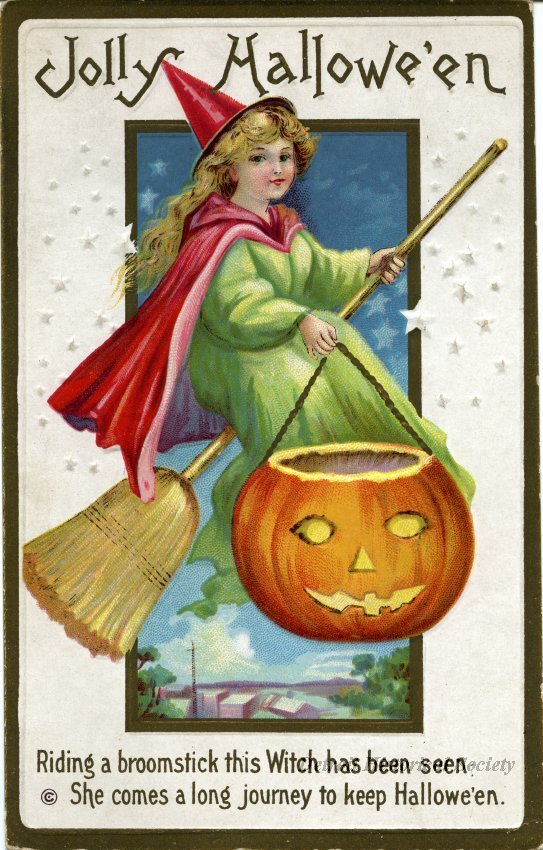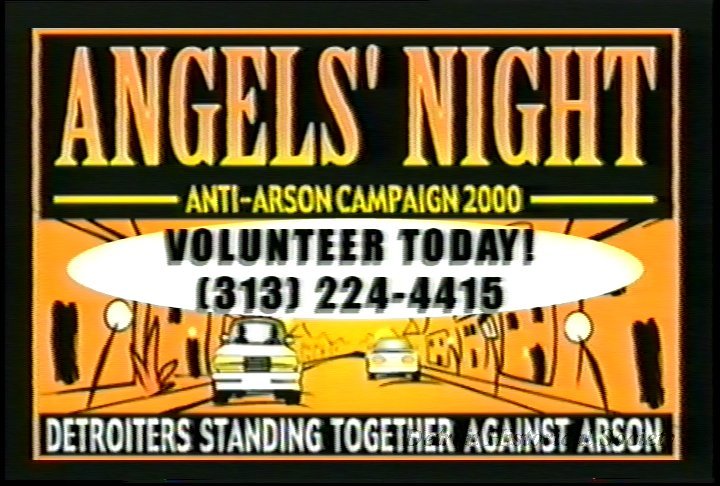The night before Halloween — on October 30, was once considered Devil’s Night in Detroit. Devil’s Night for Detroiters was marked with flames and fear, but later was recognized as an example of the power of community.
What is Devil’s Night
 Devil’s Night, stemmed from the European tradition of Mischief Night. Mischief Night can be traced back to Britain — where it is a reference to the day before May Day, a celebration for the return of spring.
Devil’s Night, stemmed from the European tradition of Mischief Night. Mischief Night can be traced back to Britain — where it is a reference to the day before May Day, a celebration for the return of spring.
Much like Devil’s Night in Detroit, Mischief Night in Europe was marked with pranks committed by youth. Mischief Night made its way to the U.S. during the 1930s and 1940s, when cities across the country started experiencing a higher number of pranks and vandalism on October 30, the night before Halloween.
Some historians even cite the rise of the Devil’s Night mischief to Black Tuesday on October 29, 1929 — when the U.S. stock market crashed, causing the Great Depression. Tensions of war and extreme poverty could have caused an escalation in the number of incidents.
From the 1940s through to the 1970s, Devil’s Night in Detroit, as in other communities around the state, remained largely harmless and mostly a nuisance to the police and fire departments — the pranks consisting of egging homes or toilet papering houses, nothing too extreme or dangerous.
But, in the early 1980s, the pranks began taking a dangerous tone.
Rising unemployment in the city contributed to the number of empty properties — the perfect target for arsonists. Pranksters began setting fires in abandoned properties and homes and in 1984, the Detroit Fire Department extinguished more than 800 fires across the city — this would be the highest number of fires recorded.
The arsonists often targeted empty homes and properties, but, intentionally or unintentionally, the fires spread quickly. Over the years, the fires resulted in injuries, destruction of property and even death. What began as simple pranks committed by youth quickly escalated to city-wide arson. With slimmed down police and fire departments, unable to fully control the chaos in Devil’s Night, the city enlisted the help of the community.
Angels In the Streets: The Community Steps In
 To curb the arson and other severe crimes, the city of Detroit enacted a curfew in 1986 — restricting those under the age of 18 from being out past 10 p.m. on October 30, unless accompanied by adults, and the days surrounding it.
To curb the arson and other severe crimes, the city of Detroit enacted a curfew in 1986 — restricting those under the age of 18 from being out past 10 p.m. on October 30, unless accompanied by adults, and the days surrounding it.
In 1995, the city began enlisting volunteers in the neighborhoods to help prevent the flames from catching and spreading to other properties. The group of volunteers operated much like a neighborhood watch — patrolling their communities and reporting suspicious activities to the authorities.
“Angel’s Night” was a city-sanctioned volunteer operation— functioning much as a neighborhood watch organization would. The guerilla-style surveillance in the neighborhoods enforced curfew and alerted the authorities to any suspicious activity.
The mobilization of the Angel’s Night volunteers worked, and in 2017 the city officially ended the program. Angel’s Night was replaced with a community celebration on October 30, “Halloween in the D.”
Are the Flames Extinguished?
Detroit is not alone is its Devil’s Night nightmares from the past. Cities like Philadelphia, Baltimore and New Orleans all have their own version of Devil’s Night — each under a different moniker, but the intention the same, causing mischief.
Not all the vandalism and fires have been stopped, but each year the number of incidents dwindles. Angel’s Night, through the support of the community, helped contribute to the declining numbers and many in the community still patrol on October 30.
The history of Devil’s Night lives on for Detroiters, marked by fear, fire, chaos and community. Check out more Halloween history in our Haunted History blog series here!